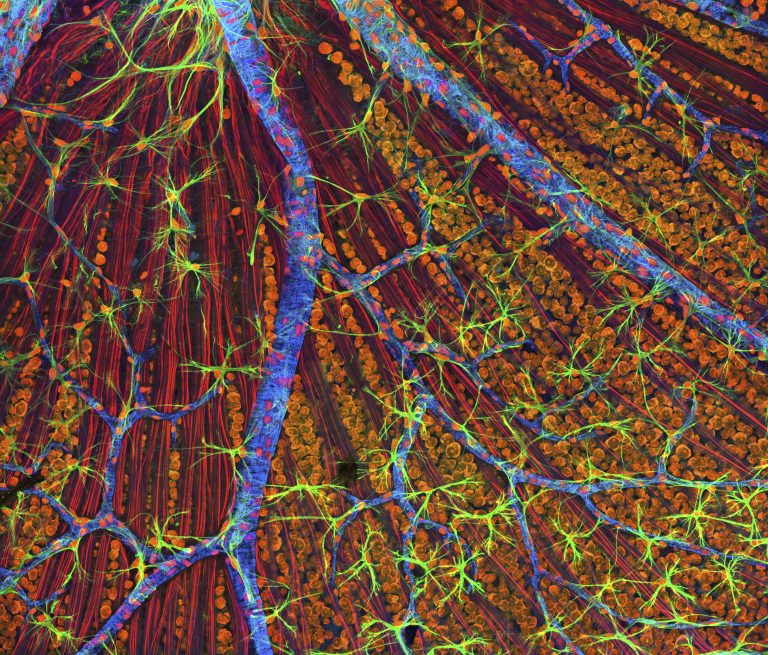
A blood test could one day offer a highly sensitive and inexpensive approach to detect early cancer in people with neurofibromatosis type 1 (NF1), according to work from researchers at the National Cancer Institute’s (NCI) Center for Cancer Research and Washington University School of Medicine in St. Louis. This blood test could also help doctors monitor how well patients are responding to treatment for their cancer.
People with NF1, which is an inherited condition, often develop benign tumors that grow along nerves — plexiform neurofibromas. These can turn into aggressive cancers called malignant peripheral nerve sheath tumors (MPNSTs). So far, there is not a good test for determining whether this transformation has occurred yet in a particular tumor.
“Imagine going through life with a cancer predisposition syndrome like NF1. It’s kind of like a ticking bomb,” said study co-author Jack Shern, a Lasker Clinical Research Scholar in NCI’s Pediatric Oncology Branch. “The doctors are going to be watching for cancerous tumors, and you’re going to be watching for them, but you really want to discover that transformation to cancer as early as possible.”
NF1 is the most common cancer predisposition syndrome, affecting 1 in 3,000 people worldwide. The condition, caused by a mutation in the gene NF1, is almost always diagnosed in childhood. Roughly half of people with NF1 develop large plexiform neurofibromas.
In up to 15% of people with these benign tumors, some turn into MPNSTs. Patients with MPNSTs have a poor prognosis because the cancer can quickly spread and often becomes resistant to both chemotherapy and radiation. Of these patients, 80% die within five years.
MRI or PET scans or biopsies are currently used to determine if the neurofibromas have transformed into MPNST. However, biopsy findings aren’t always accurate and the procedure can be extremely painful, because the tumors grow along nerves. Imaging tests, meanwhile, are expensive and can also be inaccurate.
“What we don’t have right now is a tool to help us determine if within that big, bulky benign plexiform neurofibroma, something bad is cooking and it’s turning into an MPNST,” Shern said. “So we thought, ‘What if we developed a simple blood test where instead of a full-body MRI or a fancy PET scan, we could just draw a tube of blood and say whether or not the patient has an MPNST somewhere?’”
To address this question, Shern and his collaborators collected blood samples from 23 people with plexiform neurofibromas, 14 patients with MPNST that had not yet been treated, and 16 healthy people without NF1.
Most of the study participants were adolescents and young adults, the age group in which MPNST most often develops. As outlined in the journal PLOS Medicine, the researchers isolated cell-free DNA and used whole-genome sequencing technology to look for differences in the genetic material among the three groups.
The cell-free DNA in patients with MPNST had several features that distinguished it from the DNA in the other two groups. For one thing, they had pieces of cell-free DNA that were shorter than those in people with plexiform neurofibromas or without NF1. Also, the proportion of cell-free DNA that comes from tumors—called the “plasma tumor fraction”—in the blood samples was much higher in people with MPNST than in those with plexiform neurofibromas.
Together, these differences allowed the researchers to differentiate, with 86% accuracy, between patients with plexiform neurofibromas and those with MPNST. As they write: “We developed a noninvasive classifier that differentiates MPNST from PN with 86% pretreatment accuracy (91% specificity, 75% sensitivity) and 89% accuracy on serial analysis (91% specificity, 83% sensitivity).
In study participants with MPNST, the plasma tumor fraction also aligned with how well they responded to treatment. In contrast, an increase in plasma tumor fraction was associated with metastatic recurrence.











